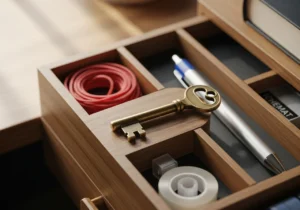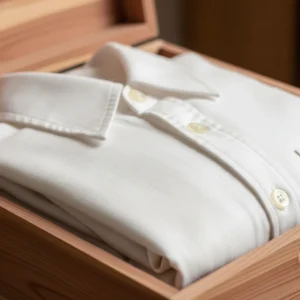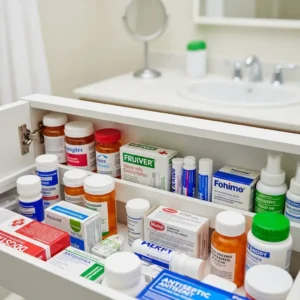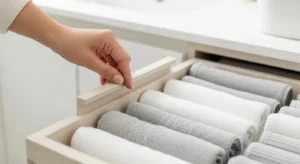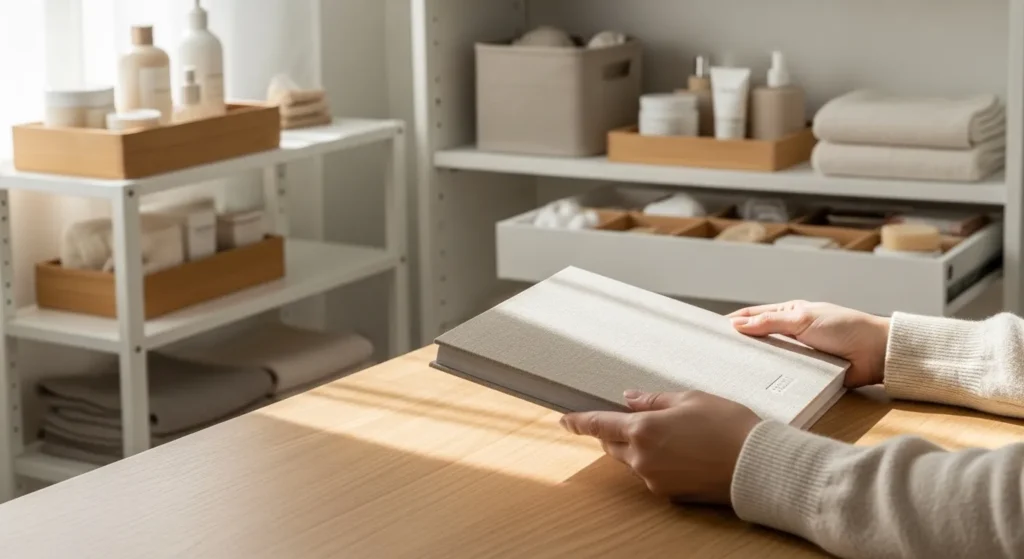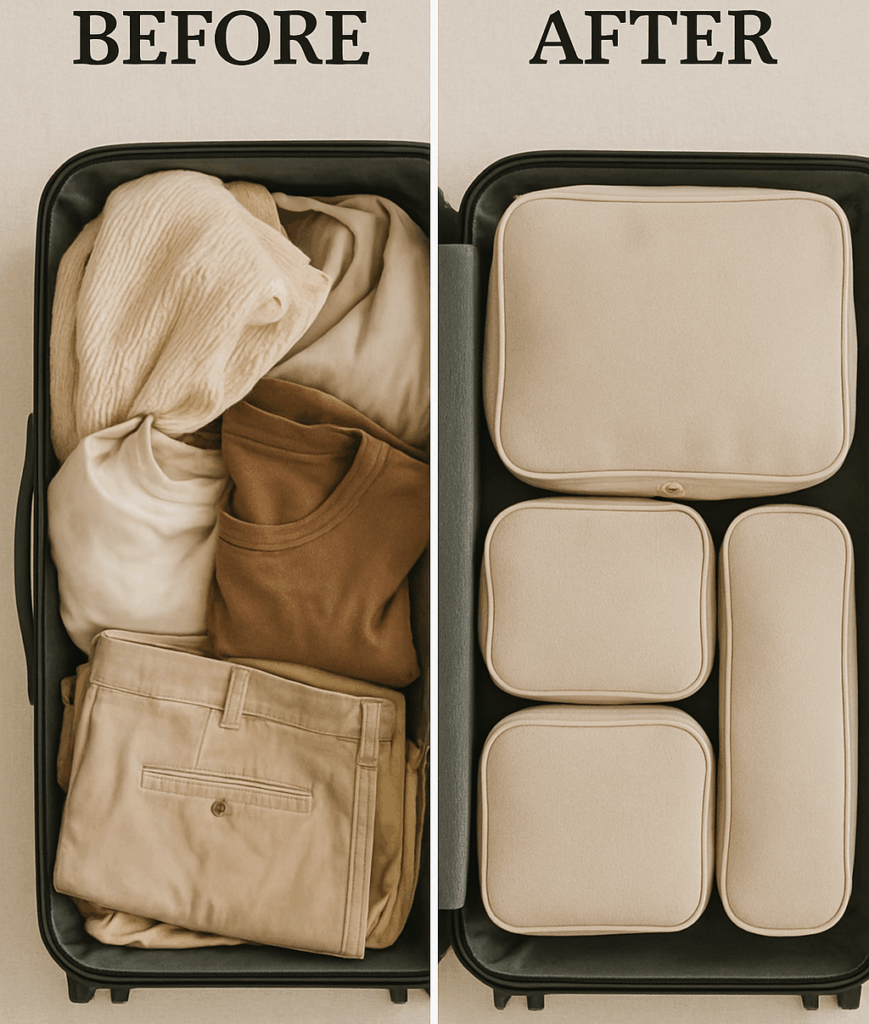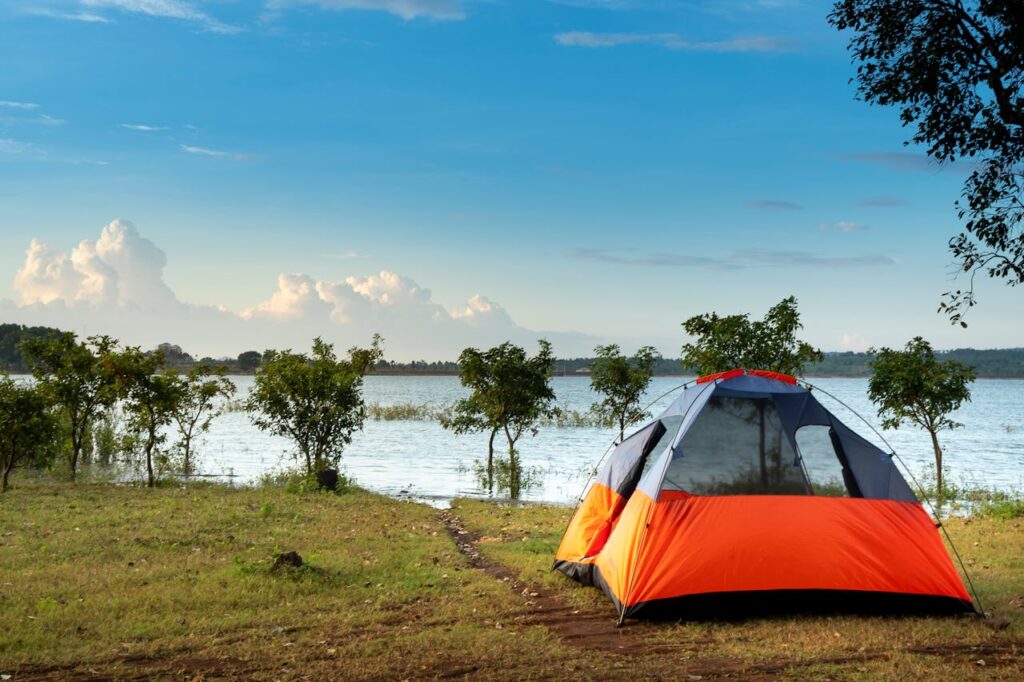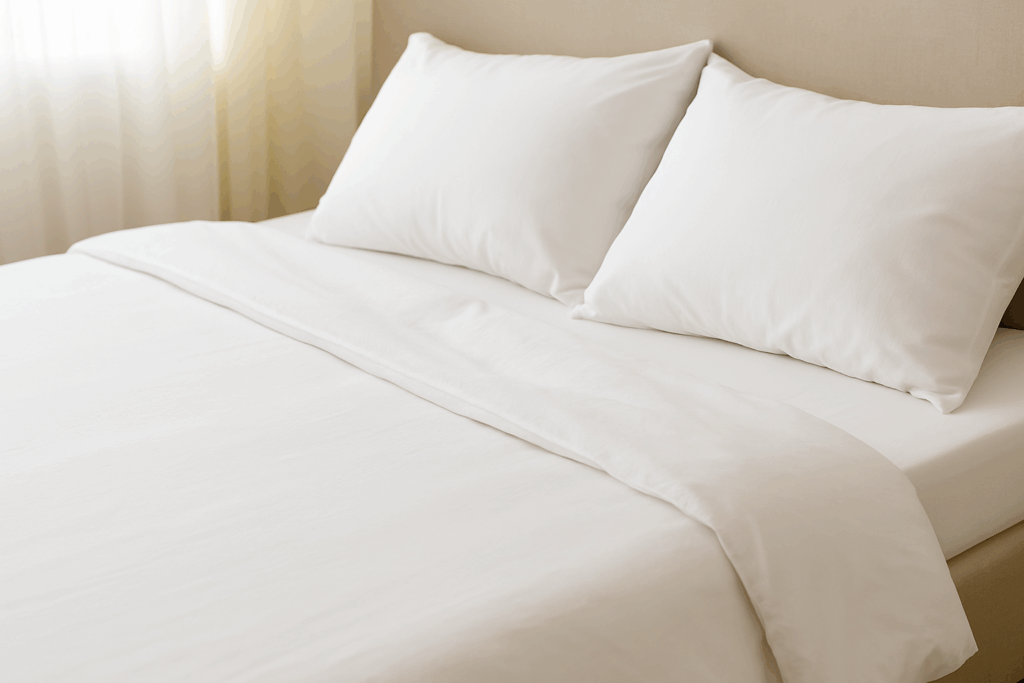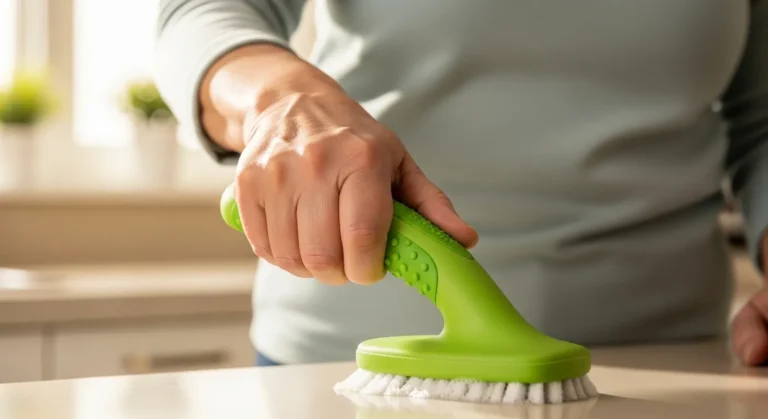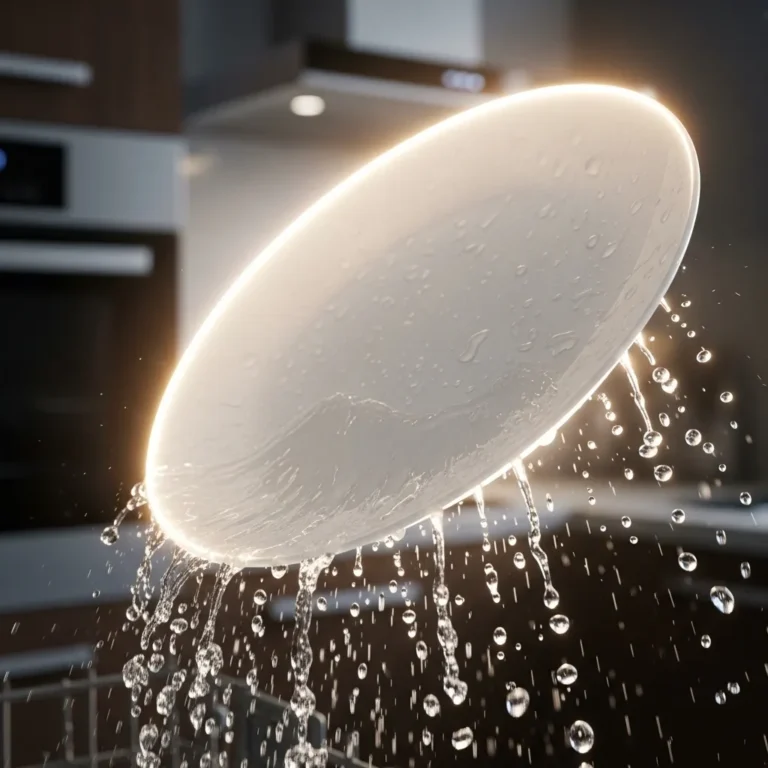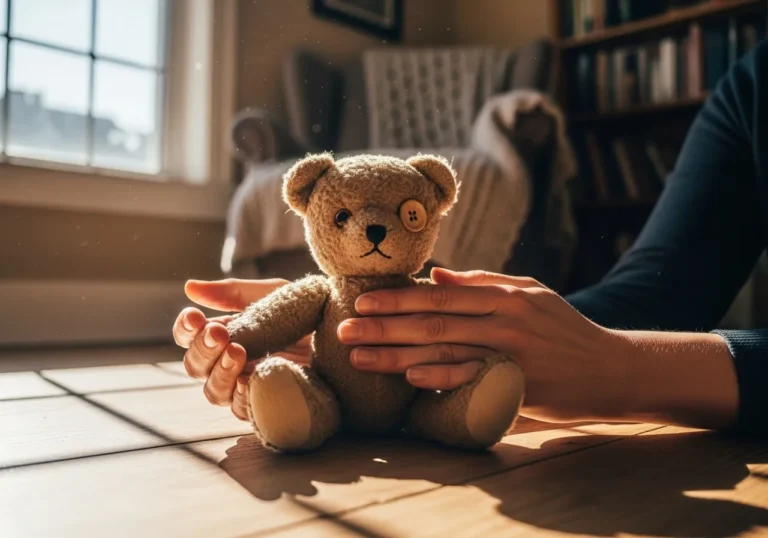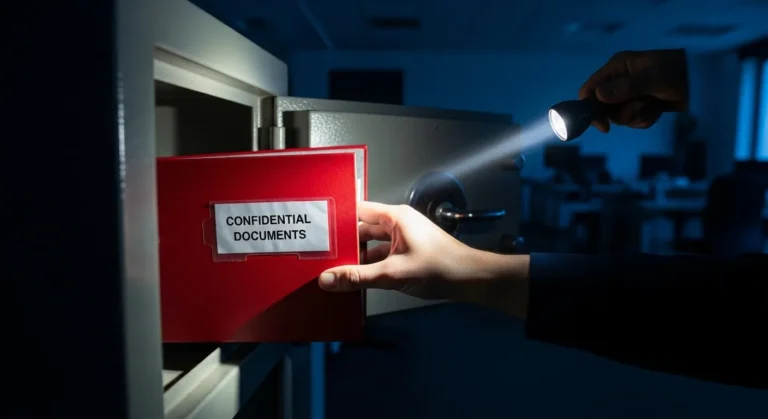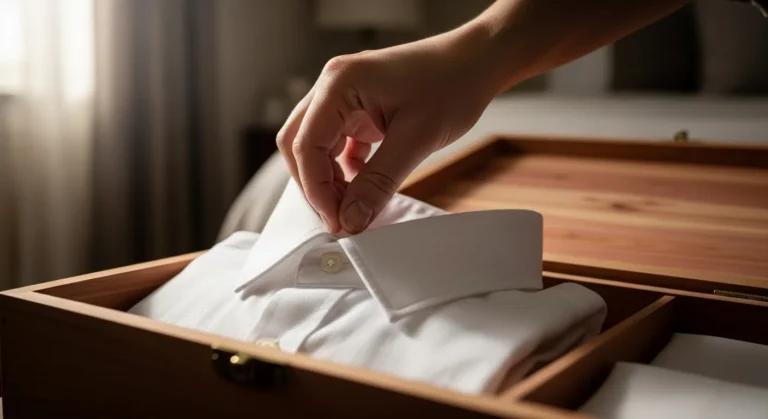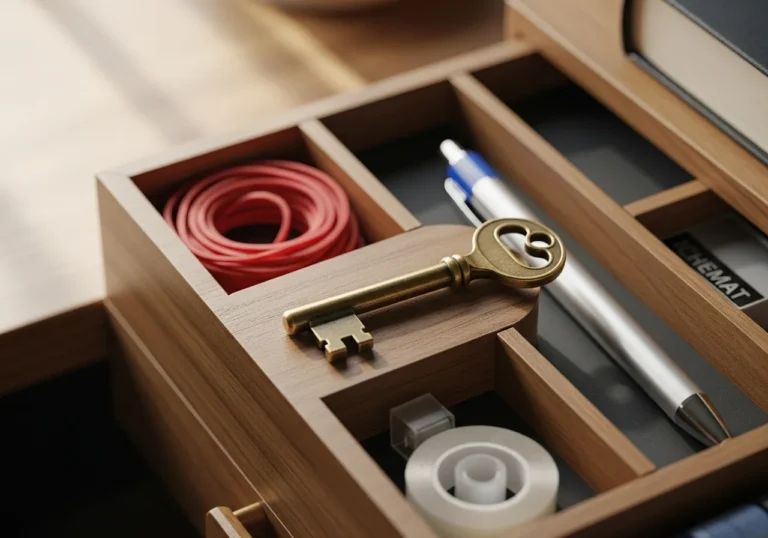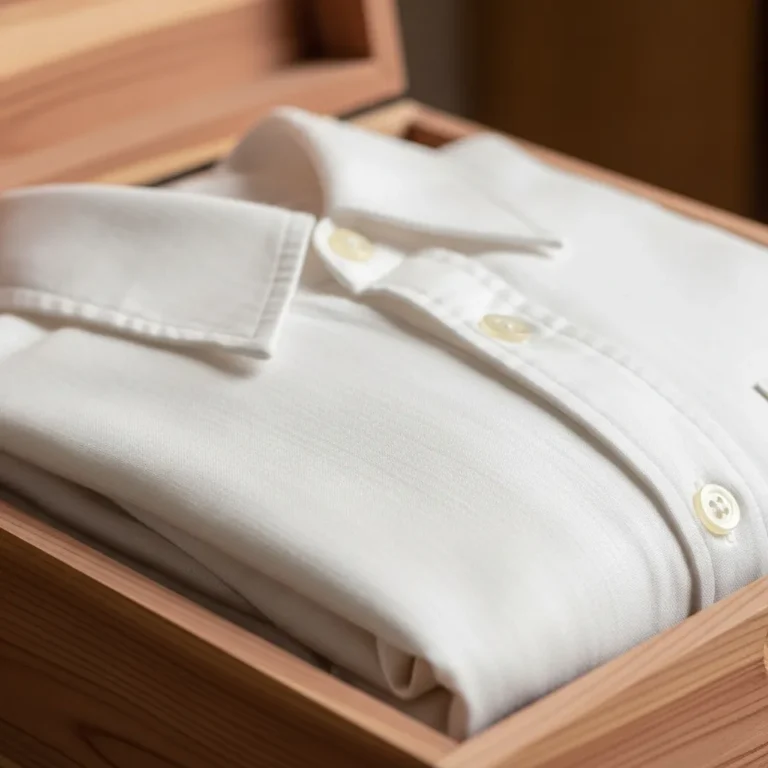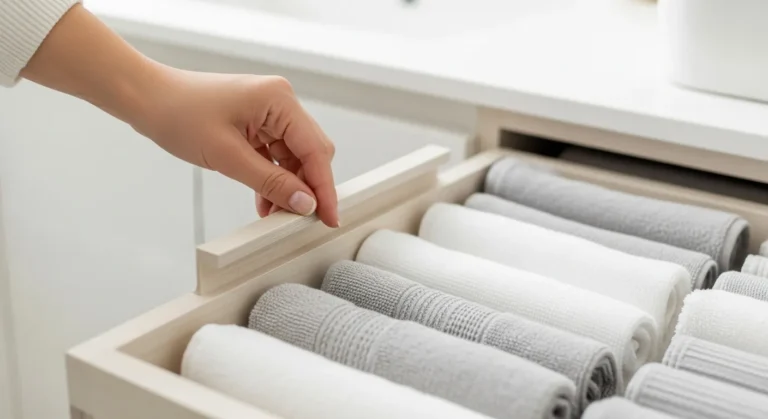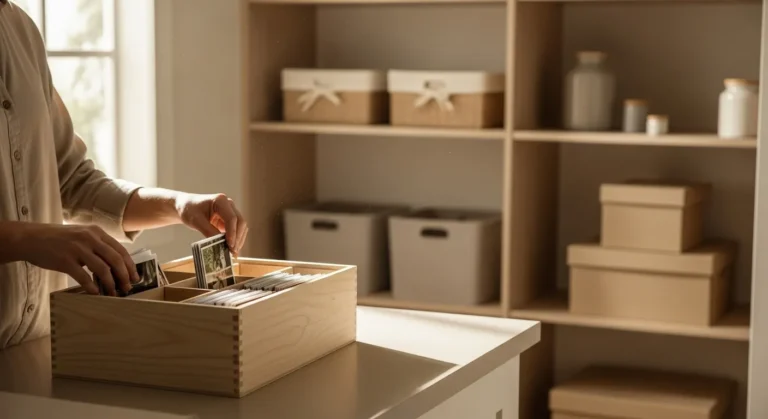Which are the things you shouldn’t clean with wet wipes?
Wet wipes are made for a specific purpose, but sometimes people use them for other things. Perhaps you’ve done it a couple of times too. When it comes to disinfecting wipes, they are best for high-touch surfaces like light switches and door knobs, but you have to be careful because using them on the wrong surfaces causes damage.
This is because they have ingredients like alcohol, chlorine bleach, citric acid, and quaternary ammonium compounds. All of these shouldn’t come into contact with many things in your house. While it may seem easier to grab some and get rid of the mess, there are several things you shouldn’t clean with wet wipes.
Let’s see which are those!
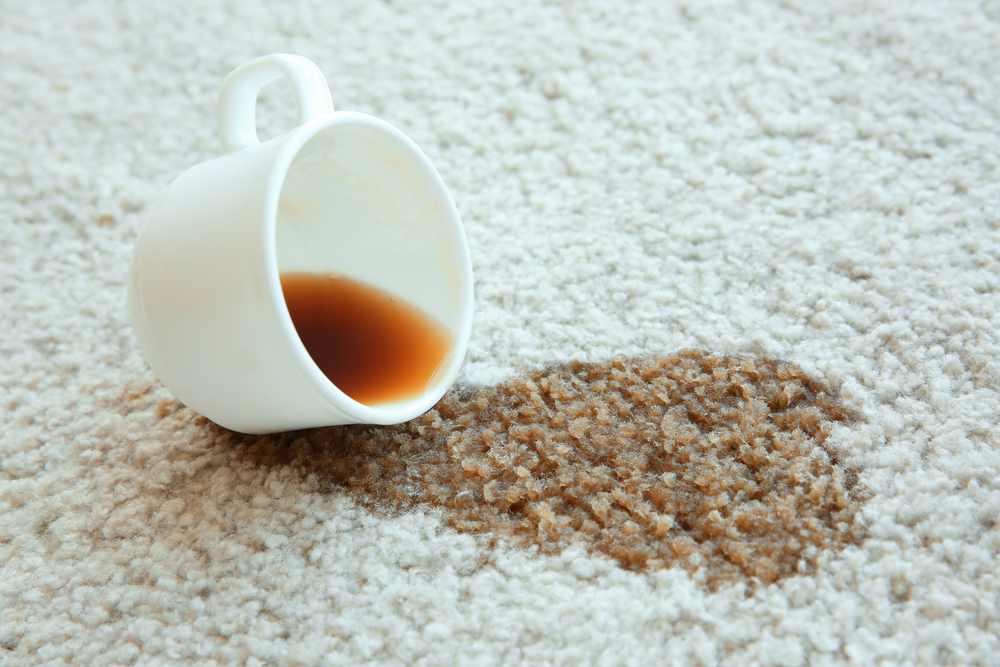
1. Carpet and rugs
The first entry on our list of things you shouldn’t clean with wet wipes are carpet and rugs. Most wet wipes have alcohol in them, and you don’t want it to mess with your carpets. In fact, both disinfecting and cleaning wipes aren’t made to be used on soft surfaces like these because the fibers immediately absorb moisture.
Moreover, wet wipes can even discolor fabric surfaces. You may see lighter areas if the wipes contain bleach or dark spots where you used them. But will the carpet stain go away? Most likely, no, because wet wipes aren’t made to do that.
This being said, next time someone drops food or spills a drink on your rug or carpet, remember that these are things you shouldn’t clean with wet wipes. What you should do instead is use a clean cloth to gently blot as much of the spill as you can. Once you think you’re done, treat the area with a spot-removal product or something that will actually get rid of it without damaging anything.
2. Wood floors and furniture
Floors, furniture, and pretty much everything made of wood are also things you shouldn’t clean with wet wipes. Untreated wood, for instance, is porous and can absorb the chemicals found in cleaning wipes. This can cause furniture and wood floors to swell up, crack, or wrap beyond repair.
Even if the wood is treated and sealed, it can still be damaged if you repeatedly clean it with wet wipes. In fact, you shouldn’t clean hardwood floors and furniture often, as they aren’t generally high-touch areas.
The alcohol in wet wipes dulls wood surfaces over time, so even if you don’t use those wipes often and you’re careful with the polishing, the damage will become noticeable over time. The moisture in the wipes is also dangerous because some types of wood are more porous than others.
This applies to oak, teak, and maple. In other words, wood furniture and floors are things you shouldn’t clean with wet wipes, and it is best to avoid doing that as much as possible.
No matter what kind of wood you have, the best thing you can do is keep the surfaces as dry as possible to maintain and protect the finish. If you need to disinfect wood, use a special product, making sure to wipe the area down completely afterward with clean, soft rags.
3. Fabric upholstery
No. 3 on our list of things you shouldn’t clean with wet wipes is fabric upholstery. We know it can become pretty dirty and stained, but when that happens, don’t turn to wet wipes. While they can pick up dirt and absorb liquid, the alcohol can cause fabrics to fade.
Moreover, fabrics absorb moisture quickly, and wet wipes contain a lot of water, which means that these two don’t go well together. Your upholstery can wrinkle, shrink, and become rigid when you use those wipes and/or don’t dry the fabrics. Next time a stain is threatening to ruin your coach, remember that fabric upholstery is among the things you shouldn’t clean with wet wipes.
Another thing you should know is that furniture fabric generally doesn’t need to be sanitized. However, certain kinds can be disinfected and cleaned with a special product designed for fabrics (you can find plenty of options on Amazon). Make sure you read the manufacturer’s label first, because you need to be very careful with delicate materials like silk and wool.
Once you’ve cleaned your upholstery, dry it with clean towels. You want to make sure there is as little moisture left behind as possible.
4. Copper fixtures and surfaces
Next on our list of things you shouldn’t clean with wet wipes are copper and aluminum fixtures and surfaces. You can use wet wipes to clean high-touch areas made from certain metals, like stainless steel, but when it comes to other metals, it’s better to avoid doing this.
Aluminum and copper are porous, and the moisture in the wet wipes can damage them. Also, the quaternary ammonium usually found in cleaning wipes can be corrosive. In other words, these two metals also make the list of things you shouldn’t clean with wet wipes.
Something many people don’t know is that copper has natural bacteria-fighting properties, so you don’t have to disinfect it. If you really want to make sure the surface is germ-free, opt for water and plain old soap.
Using a wet wipe on an aluminum handle or copper sink once in a while probably won’t ruin it, but doing it often could. In order to combat bacteria and the spread of viruses, make sure you keep the surfaces as dry as possible.
When it comes to aluminum, it can be cleaned with hot water and dish soap. If your dishwasher has a sanitizing cycle, push that button whenever you feel like the appliance needs it.
5. Granite countertops
Shiny granite countertops look great in a kitchen or bathroom, but they are also among the things you shouldn’t clean with wet wipes. Use just water and some soap, and it should be more than enough. You should also be careful when using other hard cleaners that contain ammonia, bleach, or abrasive cleaning tools.
Similar to copper and aluminum, granite is porous; that’s why many people opt to have their granite countertops sealed to create a protective layer that keeps out moisture. You may think that wet wipes are harmful, but they can actually penetrate the protective layer due to citric acid. If it does that to sealed granite, the damage could be even worse on unsealed granite.
One thing you should keep in mind is that, similar to other things you shouldn’t clean with wet wipes, granite countertops can get stained and damaged if cleaned like this. You may even end up needing to replace them.
But what should you do instead? The safest and best way to disinfect your granite countertop is with undiluted 70% isopropyl alcohol. You can apply it directly to the surface, wipe it with a clean cloth, and let it air dry. If the strong smell of alcohol is bothersome, use antibacterial soap.
Keep reading to discover other things you shouldn’t clean with wet wipes! You’ll be surprised!
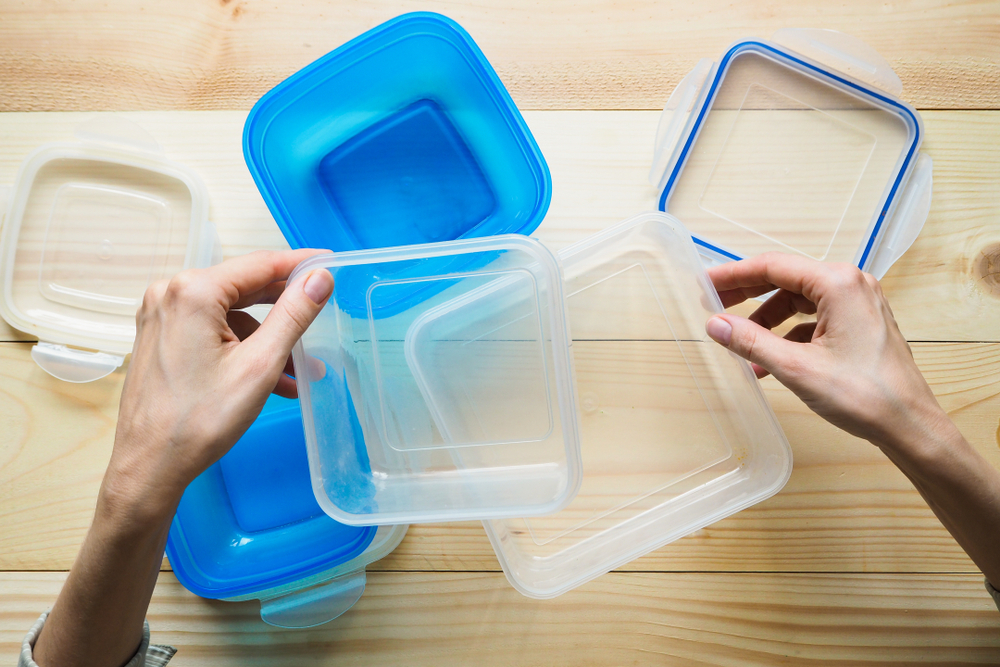
6. Food containers and dishes
Yes, these are also among the things you shouldn’t clean with wet wipes! If you’ve been disinfecting food and drink storage and serving ware with wet wipes, you’ve been putting your health at risk. The active ingredients found in cleaning wipes shouldn’t be ingested. Even when the package says the product is all-natural, the ingredients could still lead to stomach aches, nausea, and vomiting.
Regular plates, serving bowls, utensils, and Tupperware containers are all things you shouldn’t clean with wet wipes! The best thing you can do is clean them by hand or in your dishwasher’s sanitizing cycle. If certain drink bottles or plastic food containers can’t be washed in the machine, use antibacterial dish soap.
Your pet’s food and water dishes are also among the things you shouldn’t clean with wet wipes! The active ingredients that are bad for you can be bad for your furry friend as well.
Always wash your hands after using wet wipes, because if you touch your mouth afterward, you could unknowingly ingest the chemicals, which can lead to throat or stomach aches.
7. Lacquered surfaces
Next on our list of things you shouldn’t clean with wet wipes are lacquered surfaces. Lacquer is a high-end finish that we typically see on wood furniture, chair molding, railings, and other woodwork.
The shiny finish can be compared to varnish, but the two are a bit different; while varnish is being painted on, lacquers are usually sprayed on. They also don’t penetrate wood, as they only form protective layers.
Unlike other things you shouldn’t clean with wet wipes, lacquers aren’t porous, and they are easy to maintain. However, it’s nearly impossible to remove scratches. You don’t need to oil or polish lacquered wood, but you can clean it with gentle soap and water and dust it with microfiber cloths.
Keep the cleaning wipes at a safe distance because the alcohol will ruin the finish. Being basically a solvent, it can dissolve varnish-like products like lacquer over time. If you accidentally damage lacquered wood with wet wipes, you can try fixing it with some rubbing compound and 0000 steel wool. If the damage can’t be fixed, the wood may need to be refinished.
8. Toilets—maybe; plumbing—no
You may find this weird, as disinfecting wipes seem perfect for cleaning toilet seats, rims, and the outsides of commodes. But here’s why these are among the things you shouldn’t clean with wet wipes: Disinfectants should stay on surfaces for between five and 10 minutes for maximum efficacy.
The residual moisture from wet wipes evaporates sooner than that. While you won’t damage any surfaces if you use them, they won’t be super effective. The same thing goes for the toilet bowl, too. The wipes won’t remove those stubborn stains, and you may be tempted to throw them into the water and flush them down. Huge mistake.
Speaking of which, cleaning wipes of any type, including paper towels and baby wipes, should never be flushed down toilets. You do that, and you risk clogging up your pipes. These wipes don’t dissolve like toilet paper and will likely clump together.
Many clogged toilets were caused by flushed wipes, and let’s be honest, who wants that expensive headache? To top it off, the globs could eventually cause issues at the wastewater treatment facility and your local sewer system. In other words, toss your wet wipes in the trash.
9. Garden tools
The next entry on our list of things you shouldn’t clean with wet wipes are garden tools. While it’s important to keep them clean to prevent the spread of viruses and bacteria between plants in your garden, don’t try to do that with clean wipes.
Yes, gardening shears, shovels, rakes, pruning saws, and other equipment should be sanitized after each use, and yes, disinfecting wipes may seem convenient for this job. But is it harmless? No. You wouldn’t want to contaminate your rose bush with bleach or quaternary ammonium compounds.
The safest and most effective way to sterilize and clean your garden tools starts by removing gunk with your garden hose, and stuck-on dirt like tree sap can be tackled with a multi-purpose household oil. After you do that, you can sterilize them.
Gardeners rely on rubbing alcohol for this, and you can either spray it or apply it with clean cloths. Just make sure you dry the roll when finished.
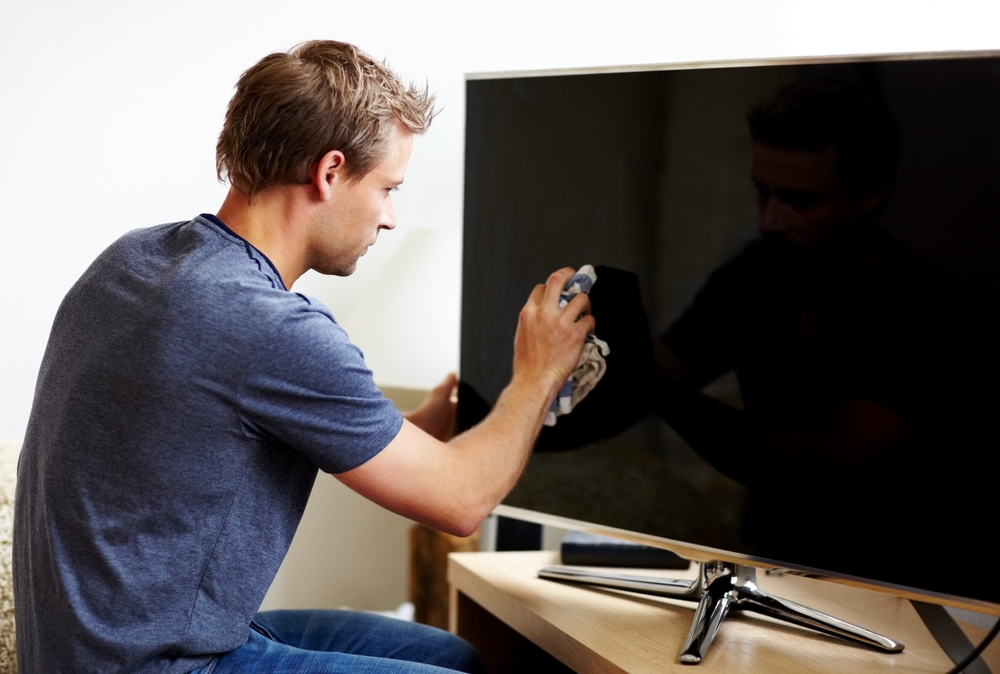
10. LCD screens
LCD screens also make the list of things you shouldn’t clean with wet wipes. Whether it’s an LCD screen on a computer, television, or digital camera, these all definitely qualify as high-touch items.
Computer touch screens are the most used since you have to use your fingers every time you want to interact with the device, and you may feel tempted to clean yours often. Don’t do that, as they are also among the things you shouldn’t clean with wet wipes.
All these devices and cleaning wipes don’t go well together because the disinfecting wipe chemicals can wear away the outer layer on the screens. And if moisture gets into them, they may become permanently unusable.
Computer keyboards and mouses can be disinfected with wet wipes that contain alcohol. And if you’re always tempted to wipe down your LCD screen with a cleaning wipe, you’ll probably want to add a protective barrier to shield it. This type of protector is a great solution because it can be cut to fit your devices and sanitized with wipes.
TV screens aren’t touched that often, so add them to the list of things you shouldn’t clean with wet wipes. Just wipe yours down with a microfiber cloth that has been slightly dampened with distilled water. Be careful not to let any moisture get into the sides.
11. Matte plumbing fixtures and accessories
Next on our list of things you shouldn’t clean with wet wipes are matte plumbing fixtures and accessories. Black matte adds a unique elegance to handles, plumbing fixtures, and other accessories. But you have to be very careful with these; they will only look great if they are treated right.
Moreover, since the dark color won’t hide water spots, dirt, or grease, you need to clean those matte surfaces pretty often. But don’t do that using disinfecting wipes, as they are acidic and can damage the finish.
These surfaces can be cleaned with water and non-acidic soap and dried with microfiber cloths. Don’t use multi-purpose bathroom cleaners or glass cleaners because the ingredients may be too harsh. Products that contain wax fillers can also damage the black matte plumbing fixtures and other accessories because they leave residues that destroy the finish.
It’s important to also rinse the fixtures with water after cleaning them. Black matte is stunning to behold, but oh boy, it’s picky.
12. Marble and uncultured marble
Last but not least on our list of things you shouldn’t clean with wet wipes is marble. Disinfecting marble surfaces can be tricky because this unique type of rock is porous and pretty sensitive to harsh ingredients like bleach.
It also doesn’t react well to acidic liquids, so it can’t be disinfected or cleaned with vinegar like other surfaces. And yes, wet wipes can also cause irreparable damage like permanent etching and dullness. So, whether it’s marble countertops, floors, or tables, be careful with how you clean them.
According to experts, there’s high-end marble, which is made from natural stone, and cultured marble, which is manufactured with some real marble combined with synthetic materials. No matter the type of marble you have in your house, it’s best to avoid cleaning it with wet wipes.
What you can do instead is clean it with a DIY spray made with rubbing alcohol, water, and antibacterial soap.
If you liked our article on things you shouldn’t clean with wet wipes, you may also want to read 20 Ways to Effectively Deep Clean Your Entire Home.

